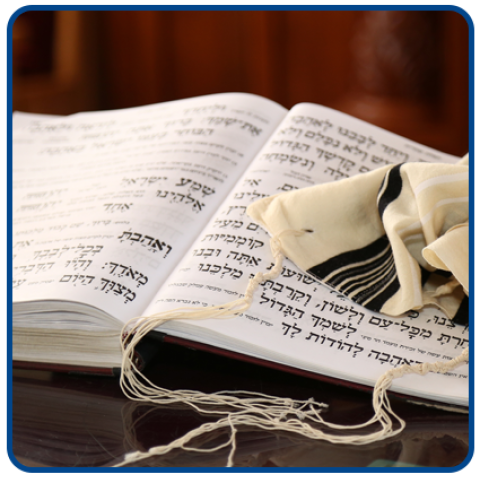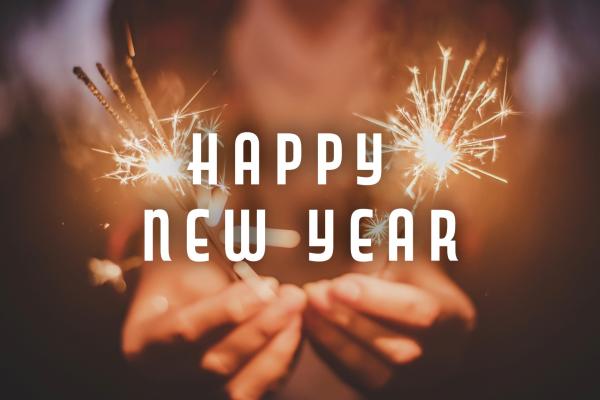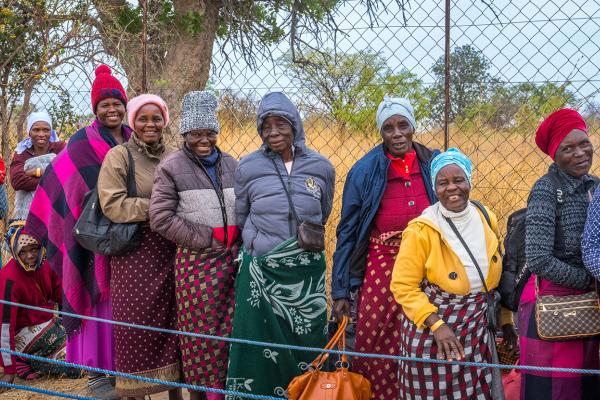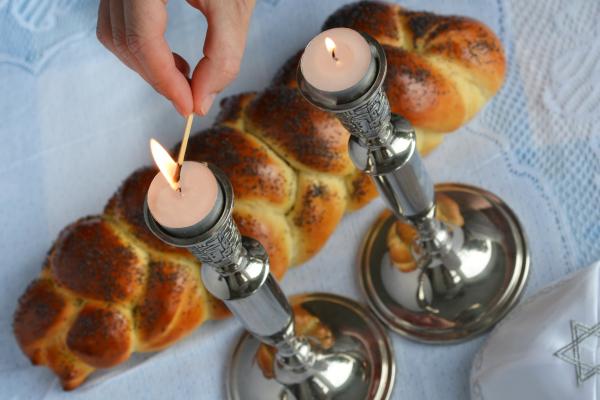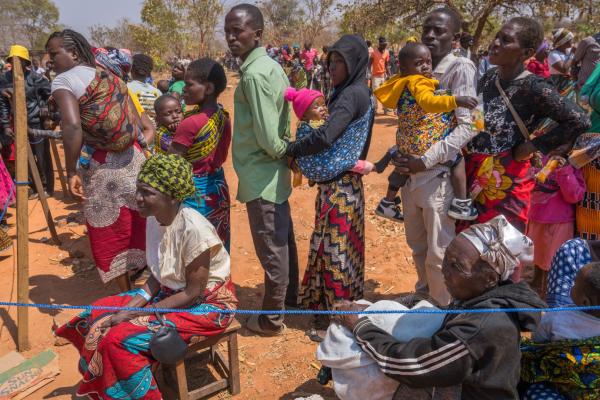By Jonathan Bernis
EDITOR'S NOTE: If you are one of our print magazine readers, you can continue the story from page 17 of the March/April 2012 edition. Our magazine is available online in PDF format and in print.
The LORD said to Moses and Aaron in Egypt, “This month is to be for you the first month, the first month of your year. Tell the whole community of Israel that on the tenth day of this month each man is to take a lamb for his family, one for each household . . . . On that same night I will pass through Egypt and strike down every firstborn of both people and animals and I will bring judgment on all the gods of Egypt. I am the LORD. The blood will be a sign for you on the houses where you are, and when I see the blood, I will pass over you. No destructive plague will touch you when I strike Egypt. This is a day you are to commemorate; for the generations to come you shall celebrate it as a festival to the LORD—a lasting ordinance.”
—Exodus 12:1-3, 12-14
The Passover Exodus is the watershed event in Jewish history. Indeed, it is a momentous event for all mankind. However, many Believers may not fully apprehend the relevance of Passover within the context of the majestic atoning work of God. In grasping the profound truths embodied in the familiar Passover story, one can more deeply and fully appreciate the redemption in Messiah Yeshua—Jesus, the Lamb of God.
The first Believers observed Passover. The Apostle Paul took the Feast to a deeper level, exhorting the Church to grasp its symbolism. As we eat the unleavened bread, we must recognize that leaven, or yeast, symbolizes sin. Sin has a cost—it was because of our sin that Messiah was sacrificed. You are a new creation in Messiah! Therefore, rid yourselves of sin, “for Christ, our Passover lamb, has been sacrificed” (1 Corinthians 5:7).
The word Passover in Hebrew is Pesach, which means “to pass over.” On that last night in Egypt, death passed over the homes covered by the blood of the lamb. The Aramaic word for lamb is talya, which can mean either “lamb” or “servant.” Isaiah 53 is one of the most succinct prophetic descriptions of Yeshua, depicting Messiah as a Lamb led to the slaughter. In the New Testament, Yeshua is referred to as “the Lamb” approximately 34 times. Let’s look at some of the extraordinary parallels between Yeshua and the Passover Lamb.
An Unblemished Lamb
“The animals you choose must be year-old males without defect . . . ” (Exodus 12:5).
The Passover lamb was to be in the prime of life and without blemish. Blemish also symbolizes sin. Yeshua, our final and perfect atonement, lived a sinless life.
We have been redeemed out of sin—not with corruptible things such as silver and gold, “but with the precious blood of Christ, a lamb without blemish or defect” (1 Peter 1:19). We have been bought with a price, and the spotless Lamb of God made our redemption sure. According to 2 Corinthians 5:21, “God made him who had no sin to be sin for us, so that in him we might become the righteousness of God.” Hallelujah!
A Lamb for Each Household
“. . . each man is to take a lamb for his family, one for each household” (Exodus 12:3).
The Word of God is explicit in the Prophets and in the New Covenant that all have sinned and fallen short of the glory of God. Just as each household required a lamb, every individual needs atonement, a sacrifice for his or her sin.
The Passover Lamb Was Not to Remain Until Morning and Would Have No Bones Broken
“They must not leave any of it till morning or break any of its bones” (Numbers 9:12).
The Gospels make it clear that Yeshua is the sacrificial Passover Lamb. He was crucified at twilight when the lambs were slaughtered. He hung upon the Roman execution stake for many hours. Executioners typically broke the victim’s legs to hasten death, yet the Passover lamb was not to have any broken bones. The legs of the prisoners on either side of Jesus had to be broken, but when they came to Yeshua, “they found that he was already dead, they did not break his legs” (John 19:33). Even in this detail we have a record of Yeshua fulfilling the ordinance of Passover. He also fulfilled another Passover statute when He was removed before nightfall.
When I See the Blood . . .
“ . . . when I see the blood, I will pass over you” (Exodus 12:13).
Without the shedding of blood, there is no atonement (Leviticus 17:11). God recognized that no man could keep His Law perfectly. But at the center of His Law is His gracious provision: Life for life.
In every Israelite and Egyptian home that first Passover night, a lamb had to be sacrificed to spare the firstborn of each family. Here again is a fundamental principle of the Good News—all have sinned and are guilty. God has pronounced judgment on all, making no distinction between Jew and Gentile. The wages of sin is death.
That night the Angel of Death was to smite the firstborn, including the Israelites. But God promised: “When I see the blood, I will pass over you” (Exodus 12:13). This is the very center of Passover and of the Gospel.
I never learned these things growing up celebrating Passover. Although I was taught about the God of Abraham, Isaac, and Jacob, I never understood that God is alive, and I am a sinful being in need of atonement. I never grasped deliverance in a meaningful way.
The Church often lacks that appreciation. If we don’t appreciate the Old Covenant Scriptures, then we have missed the deep understanding of God’s character as Deliverer and Provider.
The Good News
“The days are coming,” declares the LORD, “when I will make a new covenant with the people of Israel and with the people of Judah. It will not be like the covenant I made with their ancestors when I took them by the hand to lead them out of Egypt, because they broke my covenant . . . . For I will forgive their wickedness and will remember their sins no more” (Jeremiah 31:31-32, 34).
Jeremiah promises a Jewish Messiah who will establish a New Covenant through His blood, by which all may receive forgiveness.
This is the heart of what the Passover teaches us, taking us through the story of the deliverance of the Hebrew children by the hand and grace of God—deliverance not only out of Egypt, but also from sin and death—by the blood of the Passover Lamb.
So celebrate Passover and see this glorious miracle of God’s love for mankind unfold.
Yeshua said, “I am the gate: whoever enters through me will be saved” (John 10:9). He is the Passover Lamb who was slain—yet lives! When we apply His blood to the doorposts of our heart, the Angel of Death passes over.
This is the declaration of Passover: The grace and power of God unto salvation!




